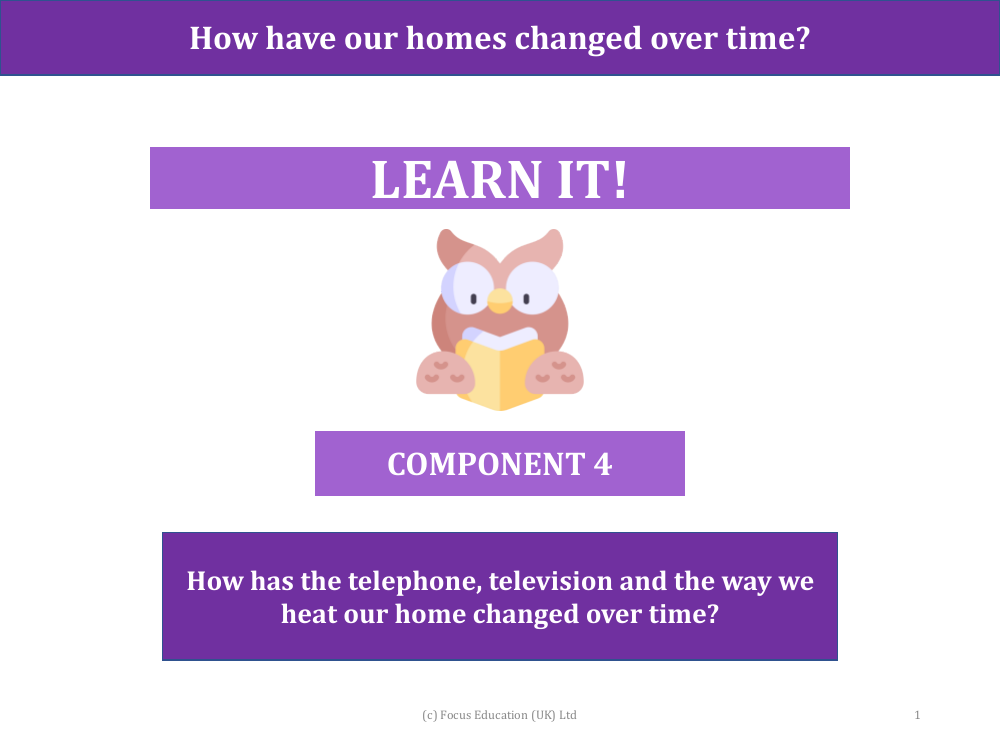How has the telephone, television and the way we hear our home changed over time? - Presentation

History Resource Description
Over time, the telephone has evolved dramatically from Alexander Graham Bell's initial invention, which was designed for one-to-one communication. Initially, telephones were stationary devices used exclusively for making voice calls. However, the development of technology has transformed them into mobile phones, which now serve as multifunctional devices with less than 5% of their usage dedicated to making calls. Instead, they are used for a wide array of activities including internet browsing, photography, navigation, and various forms of entertainment and communication, reflecting a significant shift in their role in our daily lives.
Similarly, television technology has undergone substantial changes. From the bulky, black-and-white sets with limited channels, televisions have become slim, high-definition screens offering a plethora of channels and interactive features. The advent of smart TVs and streaming services has further expanded the capabilities of television, turning it into a hub for not just broadcast content but also for gaming, online content, and social interaction. In terms of home heating, the transition has been from coal fires, which were once prevalent and heated only one room, to central heating systems introduced in the 1950s. These systems, using gas or oil boilers and radiators, have made heating more efficient and widespread. The late 20th century saw the rise of electric heating, and more recently, underfloor heating and solar panels have become popular, reflecting a move towards more sustainable energy sources and efficient heating methods.




